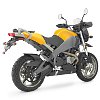Not since the unveiling of the V-Rod in 2001 have we witnessed the fanfare that is accompanying the release of the 2021 Harley-Davidson Pan America, scheduled for February 22.
Why all the fuss? The Pan America is an adventure-touring bike and is set to take the bar and shield in a new direction by breaking free from the comfortable confines of the cruiser market where the folks from Milwaukee have made their fortunes. News of this upcoming model started circulating as far back as 2018, and since that time Harley-Davidson has been incessantly teasing interested parties with various sneak previews.
I understand all of the hoopla surrounding the Pan America because this is a bold move for an otherwise conservative manufacturer. The Pan America is a forward-looking machine, a model intended to bring new riders to H-D. So, why am I personally experiencing a feeling of Harley-Davidson déjà vu? Why do I feel like I’ve seen this before? The reason is because I have, namely in the form of the Buell Ulysses.
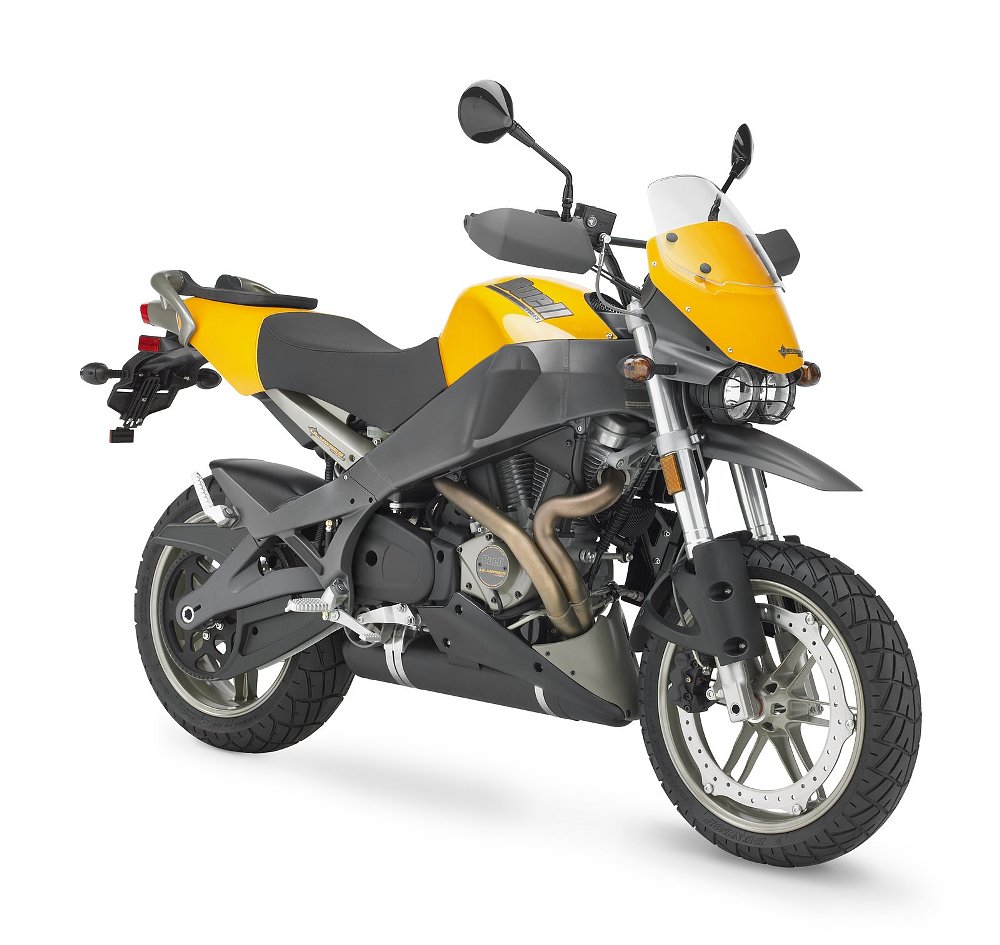
Harley-Davidson's first take on an adventure-tourer
As a student of motorcycle history, I tend to obsess over the lineage of certain makes and models, but this is an instance where I feel broader attention should be paid to the Ulysses, as it is clearly the forerunner to the Pan America. Released in 2005, the Buell Ulysses was the product of a collaboration between Harley-Davidson and industry pioneer Erik Buell. A former racer, Buell worked at Harley-Davidson and helped develop the FXR before branching out on his own. His time with the Motor Company clearly left a mark, as Buell began experimenting with Harley-Davidson engines in an array of sport bikes. This led to the launch of the Buell Motorcycle Company in the 1990s.
Buell maintained close ties to Harley-Davidson (H-D was actually a minority shareholder in Buell) and relied on their powerplants for all of his early "tube frame" bikes, including the S1 Lightning, the S3 Thunderbolt, and M2 Cyclone. By 1998, Harley-Davidson saw an opportunity to bring Buell back into the fold and acquired a majority interest in the company.
Backed by deeper pockets, Buell was able to come out with the the groundbreaking XB models, an innovative line of motorcycles that utilized the frame as a fuel tank, the swingarm as an oil tank, and a front brake setup that saw the rotor placed on the perimeter of the wheel rather than the hub. The XB Firebolt and Lightning were the initial models released (in 2002 and 2003, respectively), but this technology was also incorporated in an ADV bike in 2005 labeled the Ulysses.
Advertised as “the world's first adventure sport bike,” the Ulysses made use of a Sportster-based engine in an ADV platform. The machine, and the remainder of Buell, unfortunately had a short run. In 2009, in response to collapsing sales after the financial crisis, Harley-Davidson dissolved Buell. Erik Buell would later found Erik Buell Racing to continue his unique approach to motorcycle design, but the Ulysses' run ended.
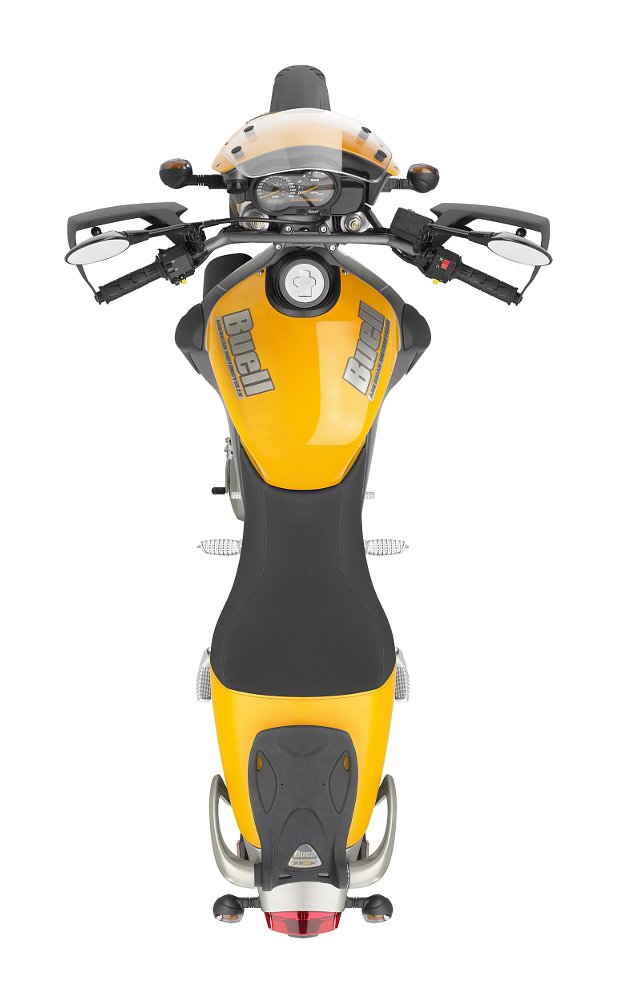
“The Ulysses simply fits me like a good pair of work gloves, and I can’t think of a reason in the world to let it go,” Egan wrote.
From the perspective of today, the Ulysses looks like a bike that was ahead of its time. Back then, the ADV market was just starting to take off, and competitors like the BMW R 1200 GS and KTM 990 Adventure were built to be more capable off-road. The Ulysses was different. The Ulysses offered comfort and functionality, including a set of hard saddlebags and a multi-function backrest that could also serve as a luggage rack. The Dunlop D616 tires had a 50/50 tread pattern, but they were wide, 17-inch sport sizes. The Ulysses was closer to some street-oriented motorcycles with upright, ADV-style ergonomics that are popular today, such as the Ducati Multistrada or the Kawasaki Versys 1000.
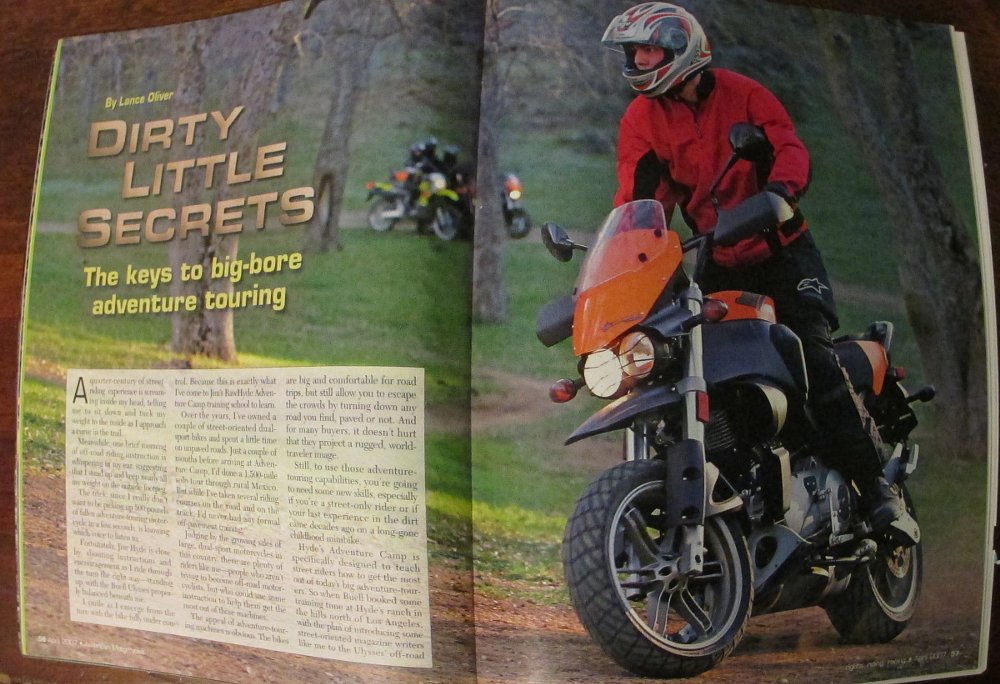
Common Tread Managing Editor Lance Oliver had a chance to try the Ulysses for a 2007 magazine article when Buell invited some motorcycle writers with limited off-road experience to take an accelerated version of the RawHyde Adventure Camp training. After a day of practicing drills in the dirt on the Buell, he had a day of riding everything from interstate highway to curvy two-lane to rutted and rocky dirt roads to sandy trails.
"Despite the 17-inch tires, you could tell Buell put some thought into making the Ulysses work better for off-road riding, with features such as the guard around the belt drive and the protection for the underslung muffler," Lance said. "RawHyde owner Jim Hyde was a huge BMW GS fan, and even he was surprised how well the Buell did once we got out on the trails. I wouldn't want to take on mud or single-track, but for the kind of dirt-road riding most adventure riders want to do, the Ulysses surpassed expectations, and once we got on a curvy two-lane on the way home, you could ride it surprisingly close to sport bike pace."
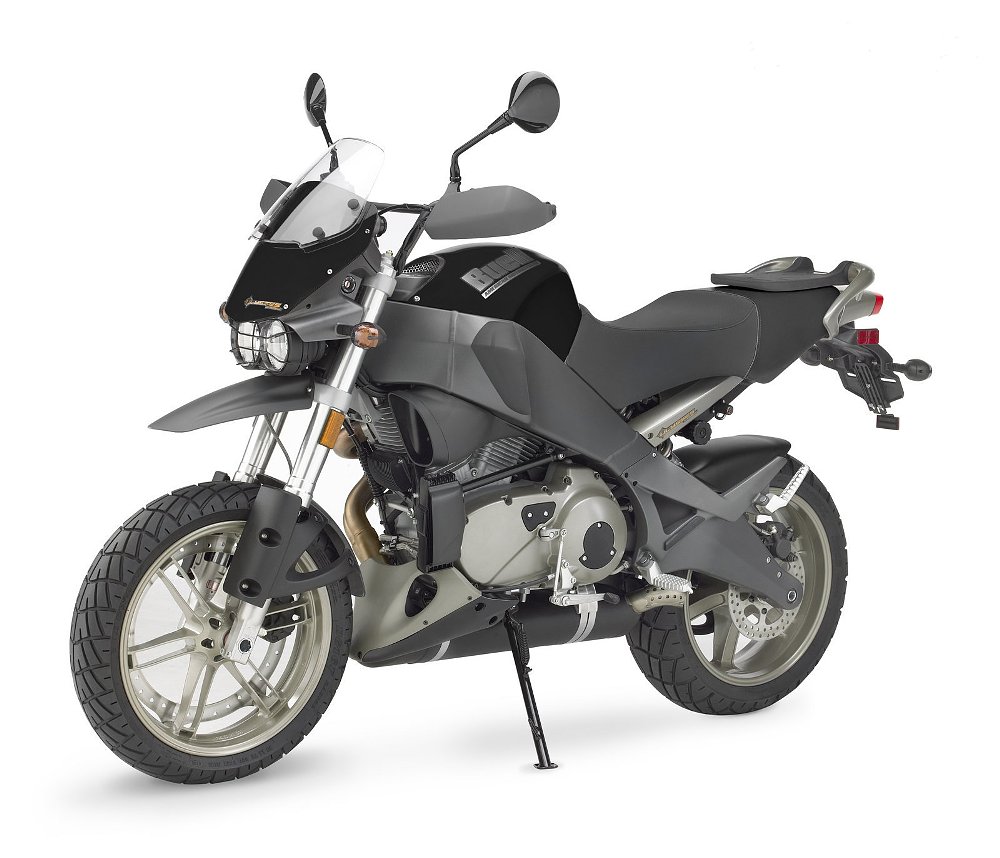
Ulysses lessons for the Pan America
Even within the Buell line, the Ulysses was out of place. Other Buells fell clearly within the sport and standard segments, like the XB and the later 1125 models, which were the first ones powered by a liquid-cooled Rotax engine instead of a modified Sportster powerplant. Throwing an ADV bike into the mix was jarring not only to Buell enthusiasts, but especially for the Harley faithful. Not all Harley-Davidson dealers were enthusiastic about selling Buells. That has to be a concern for the current leadership at Harley-Davidson, as they attempt to give the ADV market a second try with the Pan America.
Much has changed since the launch and eventual demise of the Ulysses. The adventure-touring segment is both broader and deeper, with nearly every major motorcycle manufacturer offering an ADV model. Buyers today can choose from everything from the perennial favorite BMW R 1250 GS to lighter, simpler and cheaper options such as the Royal Enfield Himalayan. The Pan America will face even more competition than the Ulysses did.
Along with the LiveWire, the Pan America shows Harley's willingness to try new things as it strives to diversify beyond the cruisers that have been a mainstay for decades. Harley-Davidson has experimented with novel concepts in the past (remember my mention of the V-Rod to kickoff this article?), but branching beyond the cruiser and touring markets has been a considerable challenge.
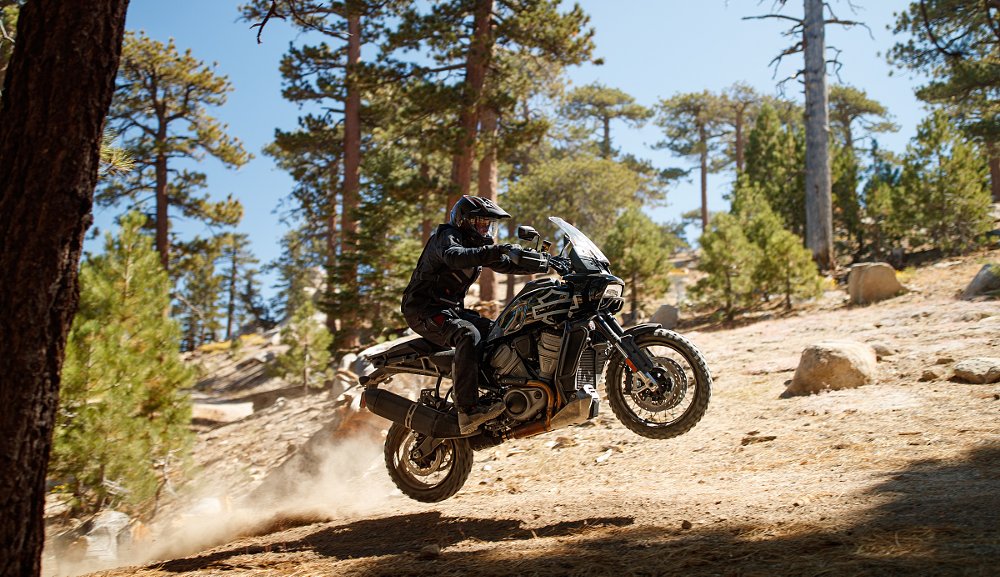
The ADV segment may be less of a leap. The Pan America should prove to be a very capable tourer and offer something different from a Road King or an Electra Glide. The question is, will the Pan America attract new customers to Harley-Davidson?
However it goes, I hope the Pan America enjoys a longer run than the Ulysses. I am also curious to see if the Buell Ulysses gets some increased attention in the used market, as I can’t be the only person to remember Harley-Davidson’s first ADV bike.































 Riders Preferred Membership
Riders Preferred Membership



